By Steve Yates. Special to the Clarion-Ledger Sunday print edition (January 12)
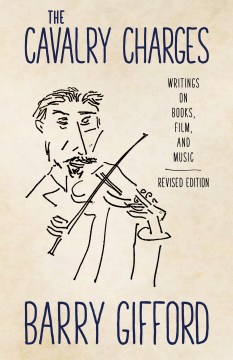 Mississippians are especially fortunate in that we likely have more independent bookstores per capita than any other state in the union.
Mississippians are especially fortunate in that we likely have more independent bookstores per capita than any other state in the union.
And one thing those bookstores do is bring in authors readers might otherwise miss. John Evans at Lemuria Books in Jackson has brought author, poet, and screenwriter Barry Gifford to Jackson many times since meeting Gifford at an American Booksellers Association meeting in Las Vegas in 1989. This was just before the movie Wild at Heart appeared, a film which Gifford co-wrote with famed director David Lynch.
Born in Chicago, Gifford is often now described as a Bay Area writer. But his writing and work have taken him all over the globe, including many times to the American South.
The Cavalry Charges: Writings on Books, Film, and Music (Revised Edition) (University Press of Mississippi) is a collection of reviews and reflections that shaped him as a writer to a wide range of books, films, television programs, and music. Within these essays, Gifford talks about his own work, his own film-making (not just with Lynch, but with Francis Ford Coppola, and Matt Dillon), and the film-making of others, including a nine-part dossier on Marlon Brando’s One-Eyed Jacks.
“The cavalry charges” is, according to Coppola, the most expensive three-word stage direction in all of screenwriting. You’ll have to read that essay. But don’t get the wrong idea. These essays are not about multi-million-dollar movie scenes in super expensive settings. They’re about art–making it, discovering it, relishing it, and ensuring that it continues.
Gifford rubs shoulders with the likes of Artie Shaw, Coppola, and Dillon, and even spots E.M. Forster shuffling to a Lenny Bruce performance near Cambridge (“wearing a cape,” Gifford observes, “[Forster] resembled a large anteater”). But his real delight is the reaction of a raw joy art can evince in the individual beholder.
In a fascinating essay about the movie Gifford and Dillon created, City of Ghosts, a Cambodian woman at a screening in Toronto admits to the filmmakers that she and a contingent of South Asians had just watched the film anticipating it would exploit her people and culture. But she found it thoughtful, even tender. Most important to Gifford’s collaborator Stellan Skarsgard was “Did you like it?” Gifford declares victory when the woman smiles and exclaims “Yes! It was very exciting!”
Gifford talks about where he was, what he was doing, who were his sidekicks or whom he was sidekick to when he encountered each book, or film, or musical figure he treats. Sidekicks, companions, and collaborators have played a huge part in every phase of Gifford’s life. And that comes through here repeatedly as he generously points them out and celebrates what friends and co-conspirators gave him.
University Press of Mississippi–which published Gifford’s Hotel Room Trilogy and Out of the Past: Adventures in Film Noir–published a revised edition of The Calvary Charges this winter in paperback.
New to the collection are four previously published essays: a brief look at the novels of Álvaro Mutis; a reflection on Gifford’s schooling at University of Missouri in Columbia under Nebraska poet John Neihardt; an essay on Hattiesburg’s Elliot Chaze and his superbly written novel Black Wings Has My Angel; and short glimpse of Gifford’s thieving, road-tripping characters for so many novels, Sailor and Lula hanging out together in Metarie and contemplating Andy Warhol, wigs, black and white photography, and Abita beer.
Time after time, Gifford says, essentially, do yourself a favor and read this, watch this, or listen to this. Follow his advice and enjoy it all in The Cavalry Charges.
Steve Yates of Flowood is the author of the novel The Legend of the Albino Farm from Unbridled Books, the Juniper Prize-winning Some Kinds of Love: Stories, and a recipient of The Quill Award from the Missouri Writers Hall of Fame.


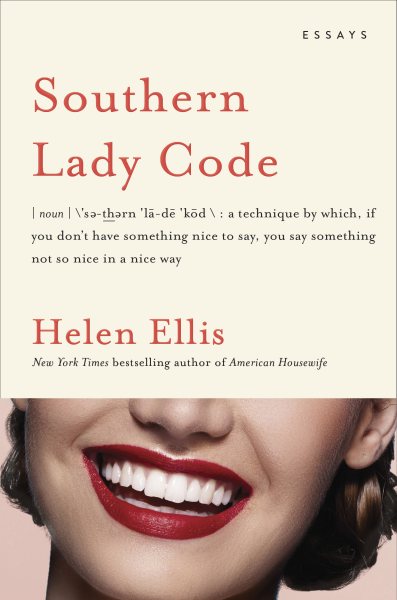 This is what bestselling author and Alabama native Helen Ellis calls “
This is what bestselling author and Alabama native Helen Ellis calls “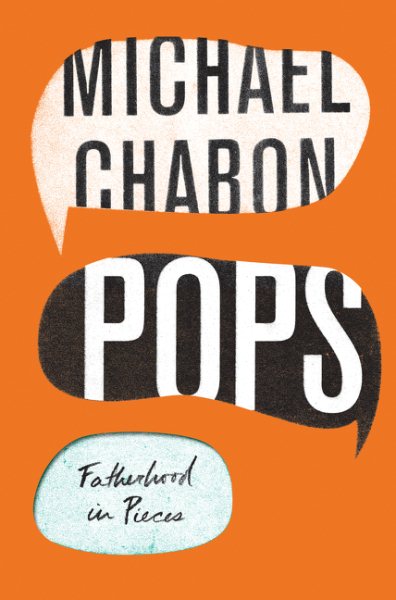 Michael Chabon’s
Michael Chabon’s  Vacationland is a collection of nonfiction essays and reflections about things that happened to Hodgman. I was hooked from the first paragraph when he says “Many people have asked me why I grew [my beard], and most of those people are my wife, and to them and to her I say: I don’t know. I’m sorry.” This almost self deprecating humor is a theme throughout his stories. In his first story, “Dump Jail,” he describes the anxiety his father put upon him when he was told to lie to the men that work at the city dump about where he lived. He wonders what would happen if he was caught in the lie; is there a dump jail that he would have to go to? In “Mongering,” he tells about the “loathsome affectations” he cultivated as a teenager such as playing the viola because it was less popular than the violin.
Vacationland is a collection of nonfiction essays and reflections about things that happened to Hodgman. I was hooked from the first paragraph when he says “Many people have asked me why I grew [my beard], and most of those people are my wife, and to them and to her I say: I don’t know. I’m sorry.” This almost self deprecating humor is a theme throughout his stories. In his first story, “Dump Jail,” he describes the anxiety his father put upon him when he was told to lie to the men that work at the city dump about where he lived. He wonders what would happen if he was caught in the lie; is there a dump jail that he would have to go to? In “Mongering,” he tells about the “loathsome affectations” he cultivated as a teenager such as playing the viola because it was less popular than the violin.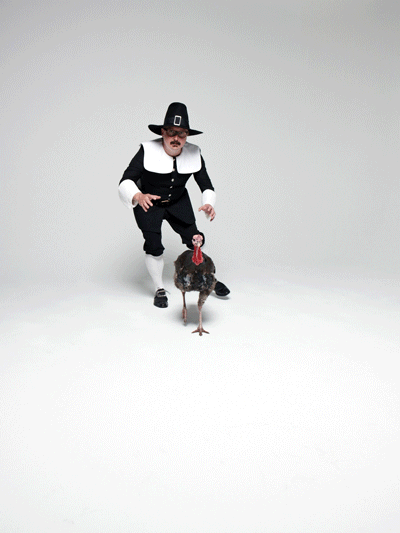


 Now, at first glance, you may think that this is a heavy book and by “heavy,” I mean emotionally heavy. I won’t lie to you and say that isn’t in there, but amidst the rawness of Karl Ove’s descriptions there lies a certain beauty that is just as much frightening as it is entrancing. As Knausgaard begins to describe the world to his daughter, he engages in deep reflections on everything from cars to war, Flaubert to twilight, and bottles to beekeeping. What follows is a refreshing view of ordinary life as it is explained to one who has not yet experienced anything outside of a mother’s womb. In essays like “Lightning,” the author delves into the odd relationship between horror and beauty as he and his family watch a gigantic bolt of lightning hit the street outside their home. In “Flaubert,” the author reflects upon his favorite novel and the distinction between literary enjoyment and study. The heart of each meditation is the urge of the author to find what exactly it is that makes life worth living. As Knausgaard takes on each new topic, describing it as though it has never been seen, the reader is brought into the depths of the real and at times the philosophical. “Labia,” as an example, explores the complexity of male sexuality and the shame that often follows closely behind it. “Vomit” takes opportunity to explore the plethora of bodily fluids that we are all familiar with, but puts inquiry into the generally hatred that human beings have for that which is “usually yellowish” and still contains “chunks of pizza” and other remnants of the “undigested.”
Now, at first glance, you may think that this is a heavy book and by “heavy,” I mean emotionally heavy. I won’t lie to you and say that isn’t in there, but amidst the rawness of Karl Ove’s descriptions there lies a certain beauty that is just as much frightening as it is entrancing. As Knausgaard begins to describe the world to his daughter, he engages in deep reflections on everything from cars to war, Flaubert to twilight, and bottles to beekeeping. What follows is a refreshing view of ordinary life as it is explained to one who has not yet experienced anything outside of a mother’s womb. In essays like “Lightning,” the author delves into the odd relationship between horror and beauty as he and his family watch a gigantic bolt of lightning hit the street outside their home. In “Flaubert,” the author reflects upon his favorite novel and the distinction between literary enjoyment and study. The heart of each meditation is the urge of the author to find what exactly it is that makes life worth living. As Knausgaard takes on each new topic, describing it as though it has never been seen, the reader is brought into the depths of the real and at times the philosophical. “Labia,” as an example, explores the complexity of male sexuality and the shame that often follows closely behind it. “Vomit” takes opportunity to explore the plethora of bodily fluids that we are all familiar with, but puts inquiry into the generally hatred that human beings have for that which is “usually yellowish” and still contains “chunks of pizza” and other remnants of the “undigested.”  In Ta-Nehisi Coates’ new book of essays
In Ta-Nehisi Coates’ new book of essays 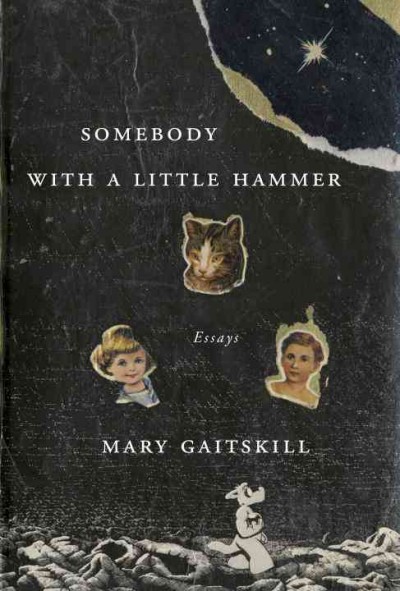 The 31 pieces included in Mary Gaitskill’s new book,
The 31 pieces included in Mary Gaitskill’s new book, 